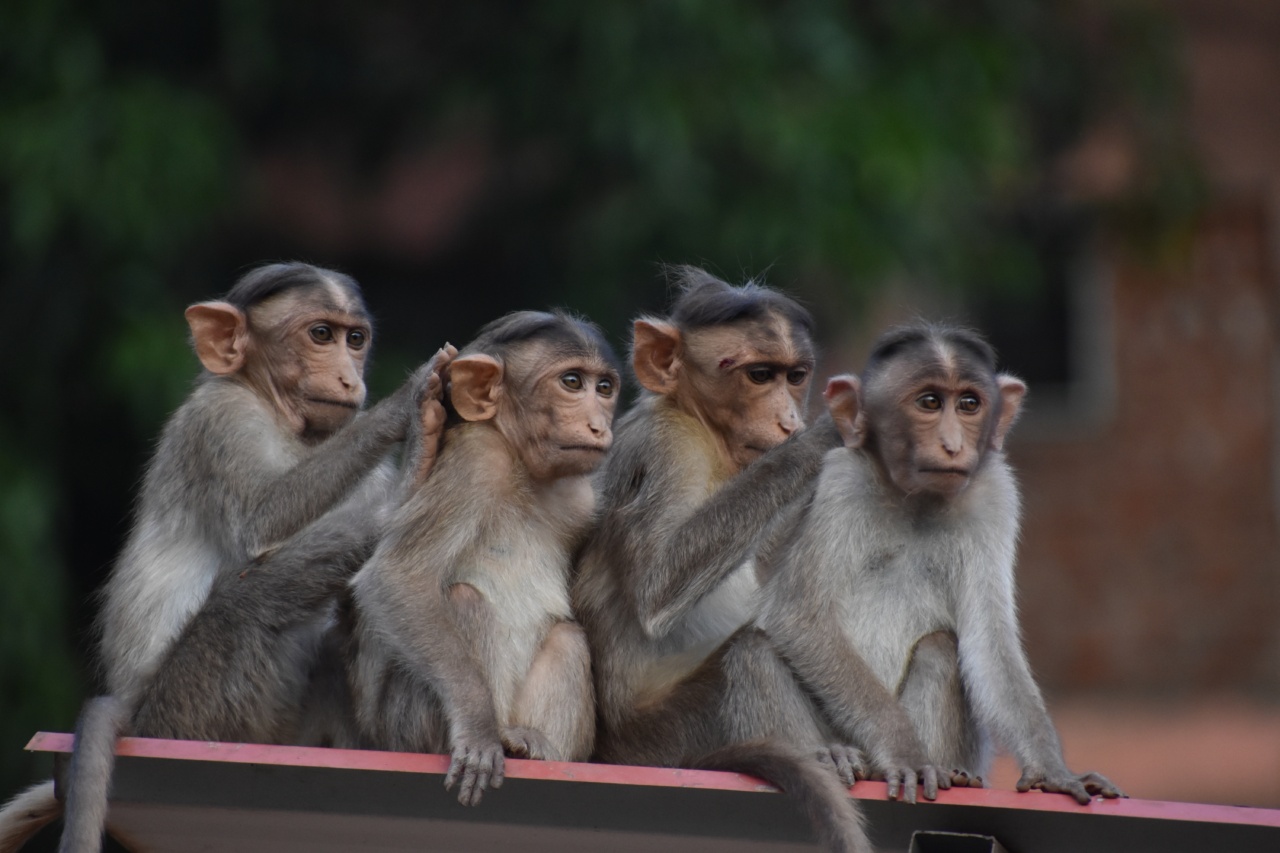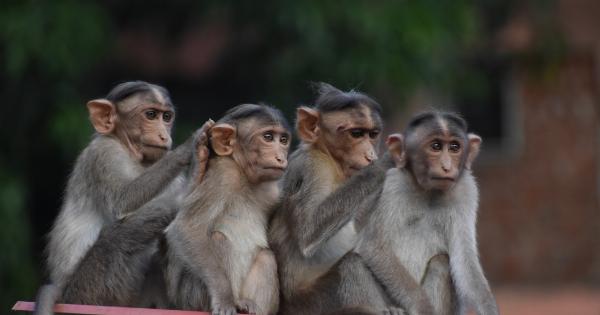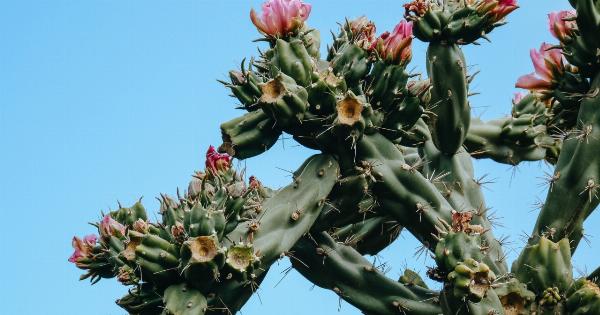Monkeys are intelligent mammals that belong to the primate family. They are adaptable creatures that are found in different habitats around the world, from tropical rainforests to cold mountain tops.
However, the question remains, can monkeys survive on different surfaces?.
Tropical Rainforest
Tropical rainforests are the natural habitats for many different species of monkeys. These forests are characterized by high rainfall and humid conditions that support a diverse ecosystem of plants and animals.
Monkeys in the rainforest live in the trees where they feed on fruits, nuts, insects, and small animals. They are adapted to live and thrive in this environment, with their long tails helping them balance and move through the trees with ease.
Savannah
The savannah is a grassland ecosystem that is found in Africa, South America, and Australia. This habitat is characterized by a lack of trees and tall grasses that support a diverse range of herbivorous animals such as zebras and gazelles.
Monkeys in the savannahs have to adapt to live on the ground, instead of in trees. They move around on all fours and have developed strong limbs and muscular bodies that help them survive predators such as lions and hyenas.
Desert
Deserts are hot and arid environments that are found in different regions around the world. Monkeys are not naturally found in these environments, but some species can survive in deserts as long as they have access to water.
For example, the desert baboon is found in the Sahara desert and feeds on fruits, seeds, and insects.
Arctic
The Arctic is a polar region that is characterized by extreme cold temperatures and snow. Monkeys cannot survive in the Arctic due to their inability to adapt to such cold weather.
However, some species such as macaques have been known to adapt to snow-covered environments by growing thicker fur and foraging for food in the snow.
Oceans
Monkeys are not adapted to live in oceans and cannot survive underwater. However, some species such as the long-tailed macaque have been observed swimming across rivers in search of food.
They use their long tails to balance and move through the water and can hold their breath for short periods of time.
Mountains
Many different species of monkeys can be found living in mountainous regions around the world. For example, the golden snub-nosed monkey is found in the mountain forests of China.
Monkeys in these environments have adapted to survive in cold temperatures and high altitudes. They have thick, warm fur coats that protect them from the cold and are strong climbers that can move through steep, rocky terrain with ease.
Urban Environments
As human populations continue to grow and urban areas expand, many wildlife species, including monkeys, have been forced to adapt to living in urban environments.
Monkeys in urban areas feed on human foods such as garbage and can sometimes become a nuisance. However, some researchers argue that these urban monkeys are adapting to survive in their new environment.
Conclusion
In conclusion, monkeys are adaptable creatures that can survive in different habitats around the world. Depending on their environment, they have adapted different physical and behavioral traits that help them thrive and survive.
Whether it be in the dense rainforests or in harsh desert environments, monkeys have shown their natural resilience and adaptability.































